
David Blok| Posted on February 21, 2023
Top 6 most addictive prescription drugs in the world
Prescription drugs help millions of people dealing with severe illnesses. But if people start to misuse or abuse them, it can have severe consequences, such as health concerns and a high risk of developing an addiction.
We’re more used to hearing people becoming addicted to illegal drugs for recreational use, such as cocaine or heroin. However, it’s also possible to become addicted to prescription medications.
Some prescription drugs are more addictive than others. But how does it make you addicted? What’s the effect of these prescription medications? Taking prescription drugs gives the person a pleasurable feeling, similar to a euphoric mood. With time, the person might become dependent on the drug, chasing to experience that euphoric mood again. The more tolerant they become, the higher doses would be consumed, which can lead to potential overdoses.
Those medicines don’t come without risk, and a pharmacist/doctors always have to balance the severity of the illness and the risks that comes with the frequent consumption of the medicine. Having said that, it is also important to note that people with continuing mental issues and health problems should not let the fear of dependence keep them from using these medications to relieve some of the symptoms. In most cases, it can be life saving. Plus, addiction might be less likely to occur when used according to healthcare professionals’ advice.
What are some different types of drugs?
Three types of prescription medications might develop into addiction; Opioids (painkillers), CNS depressants, and stimulants. Let’s briefly have a look at what they are and do:
Opioids are substances with active ingredients that are naturally derived from Opium. They are mainly used for reducing pain but also for anesthesia purposes. Known to be quite addictive, the concerns around Opioid abuse are huge, especially in the United States, where in 2021, around 66% of overdose deaths were attributable to opioids.
Central nervous system (CNS) depressants include barbiturates and benzodiazepines. They can be tranquilizers or sedatives; their purpose is to have a calming effect, lower blood pressure, and reduce anxiety. These drugs can slow brain activity, making them helpful in treating anxiety, panic, acute stress reactions, and sleep disorders.
Stimulants are drugs that speed up messages through the brain and body. Stimulants comprise a more comprehensive range than most people assume; for instance, they include caffeine, nicotine, amphetamines, and cocaine. Large doses can cause over-stimulation, which might also lead to addiction.
Now that we know the different types of prescription medications that can cause an addiction, here are six prescription drugs that are well-known for their addictive nature:
6. Adderall (Amphetamine)
Adderall is a stimulant that helps to suppress the symptoms of ADHD. It is a commonly abused drug that enables the user to maintain focus, stay awake, and concentrate. It can cause several side effects, such as sweating, insomnia, tremors, seizures, and in extreme cases, coma, stroke, heart attack, or death. Adderall also makes you less hungry and is used by those looking to lose weight.
Adderall and Ritalin are the most common stimulant medications on the market. Also commonly known as study pills, they are mostly abused by students who seek to stay awake for extended periods to pass their exams. Adderall works similarly to another common drug called “Ritalin” (Methylphenidate). One slight difference might be the length of the effect; Adderall’s effect lasts longer than Ritalin.
5. Xanax (Alprazolam)
Alprazolam, usually sold under the brand name Xanax, is used to help patients suffering from anxiety and panic disorders by calming the brain. Xanax is a central nervous system depressant. It slows down brain activity to reduce excitement and create a calming effect. These effects make the drug efficient when dealing with insomnia and anxiety disorders.
However, it can also be very addictive. The danger is on extreme levels when someone uses them mixed with alcohol; it can lead to overdose or even death as it depresses the body’s ability to breathe.
Diazepam is another prevalent drug with similar effects, commonly sold as Valium.
4. Ambien (Zolpidem)
Ambien is a barbiturate that is typically prescribed to treat insomnia. Like benzodiazepines, barbiturates work by suppressing the central nervous system to produce a calming, almost tranquilizing effect on its user.
When taken in high doses, Ambien can create feelings of euphoria and excitement. These feelings are what make Ambien such an addictive substance. They’re less likely to be addictive than some other drugs sometimes prescribed for sleep disorders, such as benzodiazepines like Alprazolam (Xanax).
3. Codeine
Codeine is an opioid that is used to treat mild to moderate pain, and it is also used to treat cases of severe colds, mainly to reduce coughing. Codeine is usually prescribed to patients in the form of cough syrup. It affects the central nervous system (CNS) to relieve pain.
Codeine’s effect can be described as relaxed and light-headed, but it can also cause dizziness, weight loss, and depression. It becomes even more dangerous when combined with alcohol and can lead to severe consequences such as coma and death.
2. OxyContin (Oxycodone)
Oxycodone is a prescription pain medication. It is usually sold under the brand name OxyContin. It is generally prescribed when other forms of non-opioid pain relief have not been successful. Its purpose is to change how your central nervous system (CNS) responds to pain. Euphoria and feelings of relaxation are the most common effects of oxycodone on the brain, but they can lead to severe withdrawal symptoms.
1. Actiq (Fentanyl)
Fentanyl is a synthetic opioid that is at least 50 times stronger than another similar Opioid, “Morphine.” Its artificial nature makes it even more powerful and dangerous, meaning that it is created in the lab rather than composed of natural substances.
Pharmaceutical fentanyl was mainly developed for the pain management treatment of cancer patients. Fentanyl can be mixed with heroin or disguised as highly potent heroin, which can lead to overdose deaths.
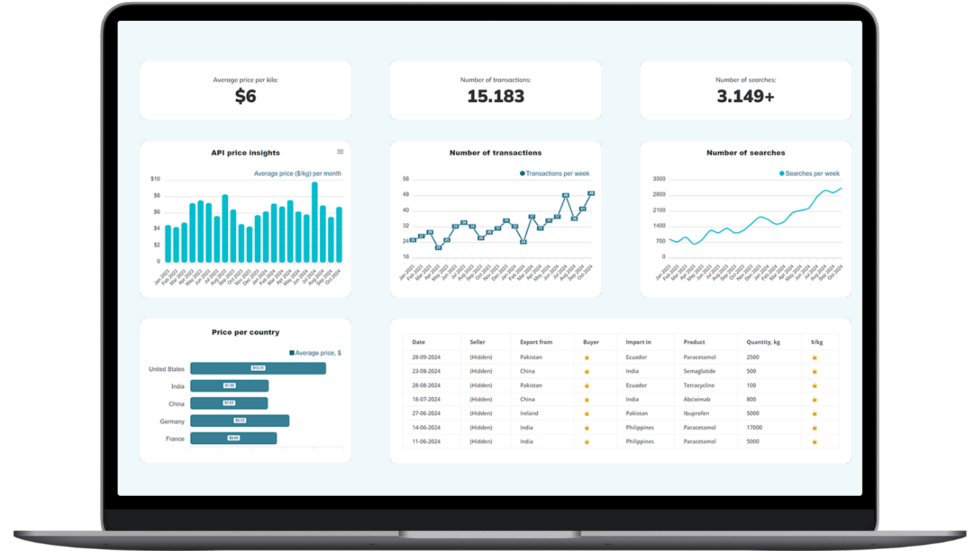
Make Smarter API Decisions with Data
Access exclusive insights on global API pricing, export/import transactions, competitor activities and market intelligence.
This article is written to inform rather than advise and commercial purposes. Don’t hesitate to get in touch with your regional helpline or seek out other types of help if you even have the slightest doubt that you might have an addiction problem.
Thank you for reading!
FAQ
How can prescription drugs lead to addiction?
The pleasurable, euphoric feeling induced by some prescription drugs can lead individuals to misuse them. Over time, higher doses may be consumed, leading to potential overdoses and addiction.
What are the types of prescription medications that can lead to addiction?
The three types of prescription medications that can lead to addiction are Opioids, CNS depressants, and stimulants.
What are opioids?
Opioids are painkillers derived from opium and are used primarily for pain reduction and anesthesia. They are highly addictive and contribute to a large number of overdose deaths, especially in the United States.
What are CNS depressants?
Central nervous system (CNS) depressants include barbiturates and benzodiazepines. They are tranquilizers or sedatives designed to calm the individual, lower blood pressure, and reduce anxiety.
What are stimulants?
Stimulants are drugs that speed up messages through the brain and body. They can include caffeine, nicotine, amphetamines, and cocaine. High doses can cause over-stimulation, which may also lead to addiction.


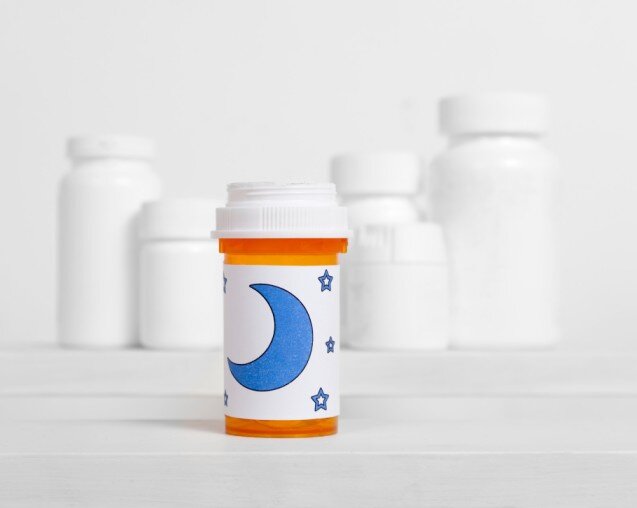
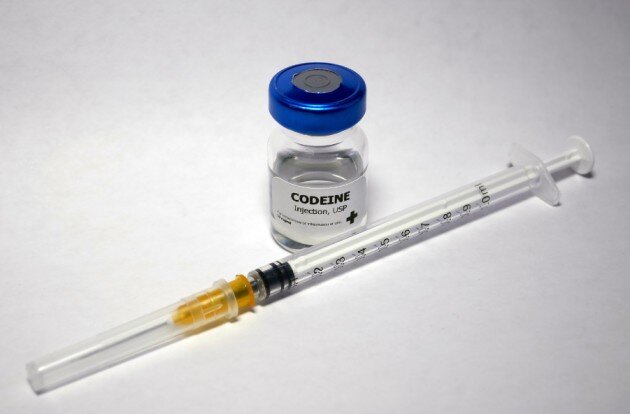
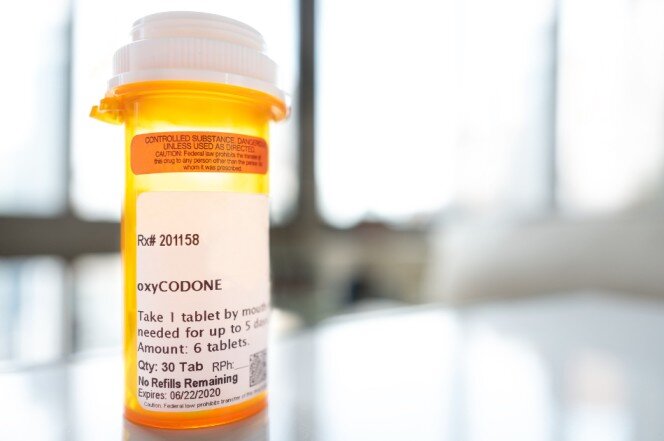


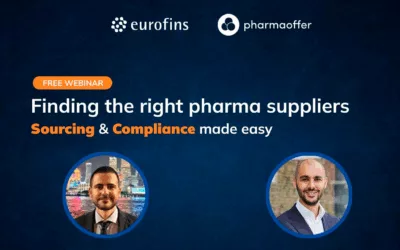




Check out all other blogs here!